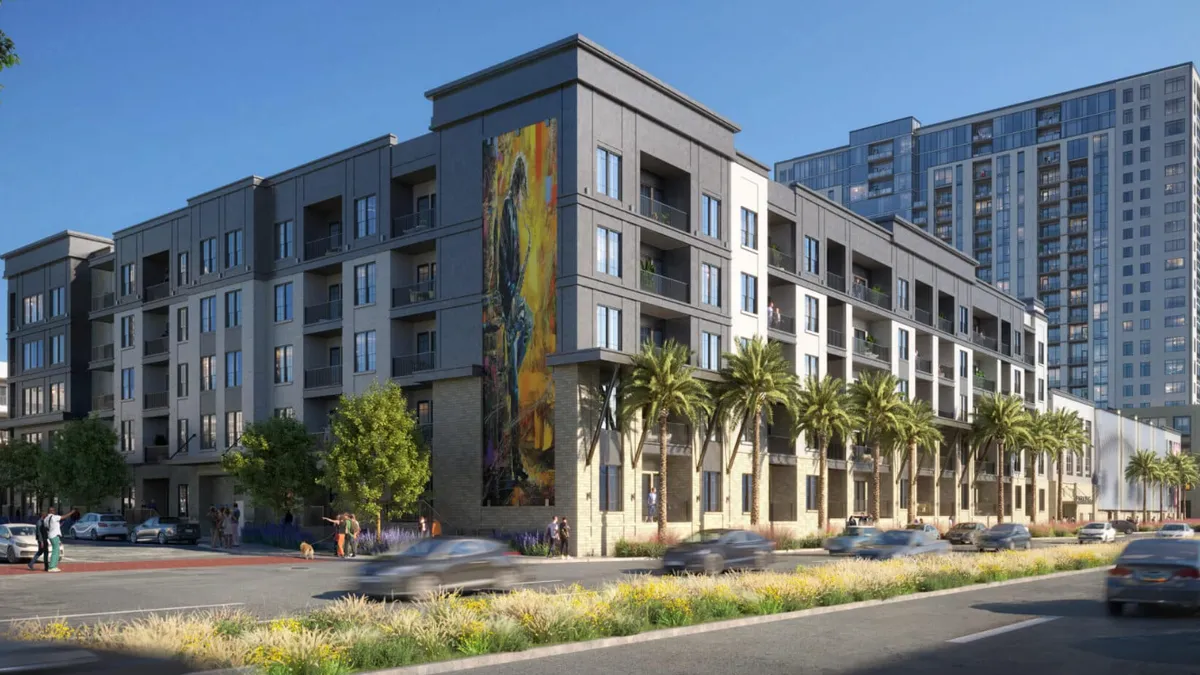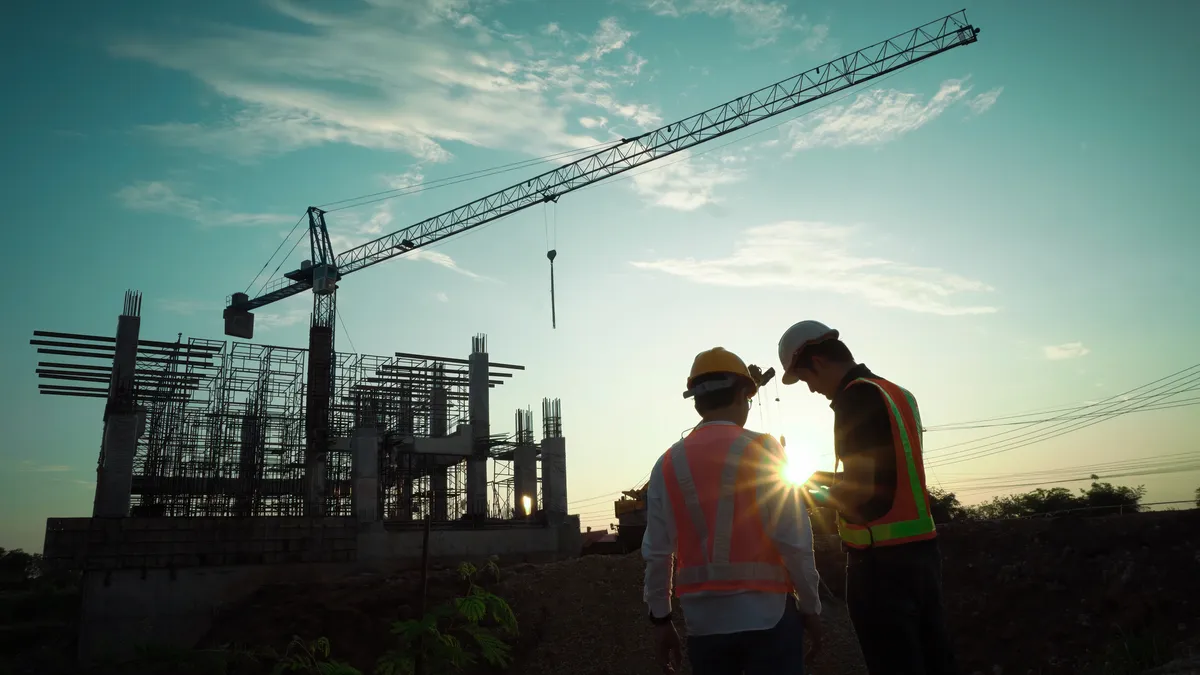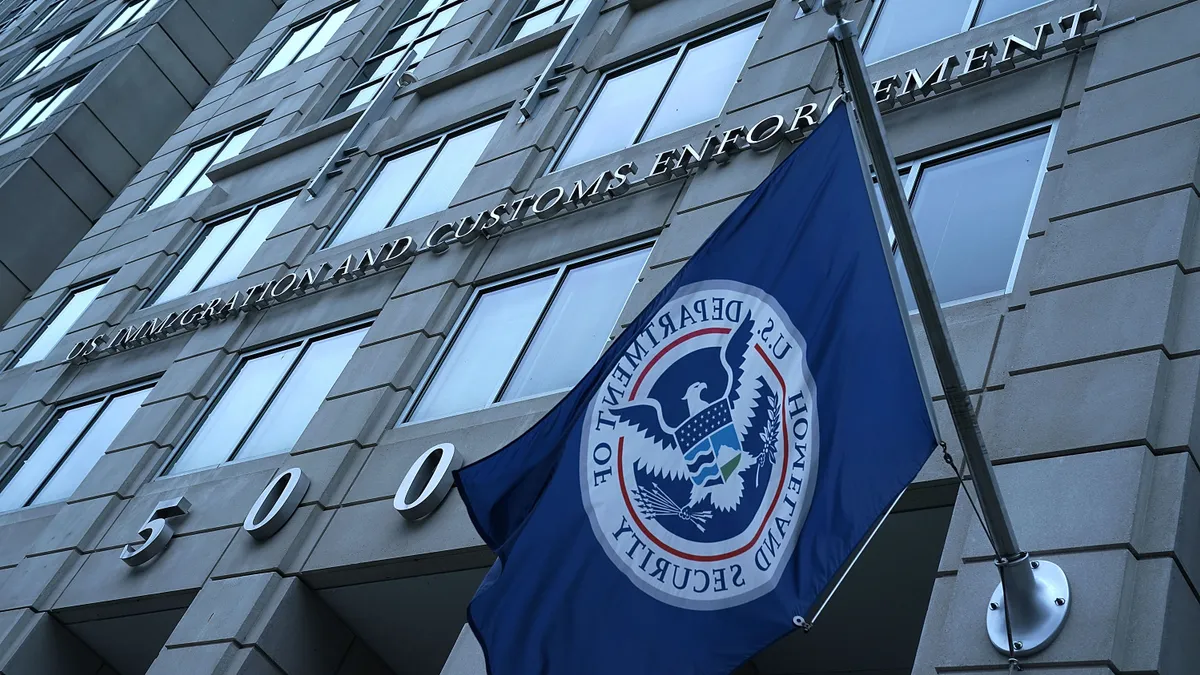America’s fastest-growing city isn’t a hip, bustling urban hub that has millennials lining up to pay exorbitant rents. It’s not a nouveau-riche oil town with more jobs than it can fill, either.
It’s The Villages, an active adult community of 114,000 residents near Orlando, FL, where golf carts outnumber taxi cabs and the biggest scandal over the years has been its reported black market for Viagra. Bloomberg calls it “a retiree utopia.” And it has grown faster than any other U.S. city for two years running.
The population of 55-plus dwellers at The Villages grew 5.4% between the summers of 2013 and 2014, faster than the next fastest-growing city of Myrtle Beach, SC, which grew by 3.2%.
The designation is a bit of a surprise, given recent research that reveals retirees and retiree wannabes have shown a preference for staying put rather than for moving into senior communities.
Here are four other real estate trends involving baby boomers:
Please don’t go
Minneapolis has a long-term goal of trying to keep its residents from moving away. So city housing officials have fixed their gaze on a growing number of retirees who have said they want to live near the downtown action.
The City Council in 2013 launched an initiative to develop 35 new senior housing projects in the city by 2025. In response, developers have come up with plans for building everything from assisted living facilities, to seniors-only apartment buildings close to city amenities, to affordable units for low-income retirees.
The proposals generally aim to attract suburban empty-nesters who are ready to sell their family homes and spend more time in the city.
“It’s something that people within this community have wanted for a long time,” one community leader told The Star-Tribune.
A hiccup in the plan: Like anywhere else, it’s cheaper to buy and build in the suburbs than in the city, so Minneapolis officials say they’re having a hard time convincing developers to build downtown.
“There’s only so much land in the city,” urban planning professor Edward Goetz of the Humphrey School of Public Affairs, told the newspaper. “There are only so many opportunities for development and redevelopment.”
Hang in there
Nearly 30% of the 2,000 residents of Floral Park, NY, are 85 or older, according to a RealtyTrac analysis of Census Bureau data. Laguna Hills, CA, has almost as many residents in the older age group.
The rest of the communities on RealtyTrac’s Top 20 list for the 85-plus set are in just four states: Arizona, California, Florida and New Jersey.
Wanderlust
Three in five Americans want to move someplace else when they retire, according to a new Bankrate survey. That’s true across the board, regardless of gender, income or education—although the older the respondents, the less likely they wanted to move.
People ages 18 through 29 were most likely to say they would consider moving once they retire, at 73%, compared with 62% for those between ages 30 and 49, and 50% for 50- to 64-year-olds.
For 65-plus respondents, one in five said they would like to move.
Separately, the Merrill Lynch/Age Wave survey “Home in Retirement: More Freedom, New Choices,” found that 64% of retirees predict they will move at least once during retirement, and 37% have already moved. Last year, the survey reports, 4.2 million retirees found new places to live, although some stayed close to home.
"It makes sense that as people approach retirement age, they become less enthusiastic about the idea [of moving]," University of California, Berkeley retirement expert Nari Rhee told Bankrate. "Once you've established roots in a community, it's much harder to move away from your friends and your support network -- even if the cost of living is lower elsewhere."
The survey also found that Hispanics were less likely than white or black respondents to want to move when they retired. And residents of rural areas were less likely than those who live in cities and suburbs to consider relocating later in life. Plus, 40% said they hoped their new homes would be near mountains, rivers, beaches or some kind of outdoor recreation.
Hot spots
Bankrate.com and Forbes have just released their annual lists detailing the best and worst places for retirees to live. Both rankings are based largely on money—affordability of homes, cost of living and tax rate, for example—but also consider things like crime rate, access to healthcare and weather.
The Bankrate.com list focused on states, and those with mountains came out on top. Wyoming, Colorado and Utah topped Bankrate.com’s list, followed by Idaho, Virginia, Iowa, Montana, South Dakota, Arizona and Nebraska.
In last place on Bankrate's ranking: Arkansas. Keeping it company at the bottom of the list are New York, Alaska, West Virginia and Louisiana.
The traditional retiree haven, Florida, ranked 28th on Bankrate’s list.
Forbes’ list of senior-friendly cities considered access to transportation and how walkable and “bikable” a city was—in addition to the economy, crime, healthcare and weather.
A twist: Just nine of the Forbes winners are located in Bankrate’s Top 10 states.
The Forbes 25 Best Places to Retire in 2015 is alphabetical rather than ranked top-down, and ranges from Abilene, TX, to Tucson, AZ.

















